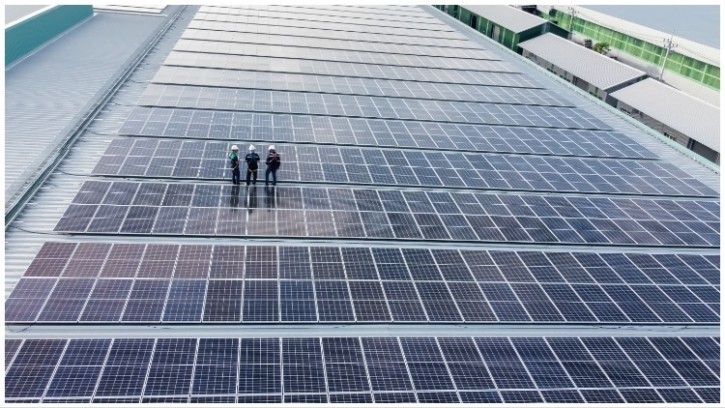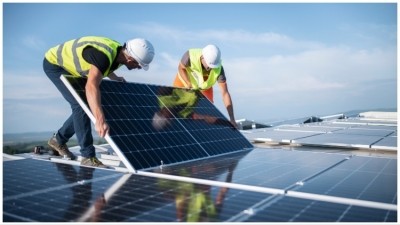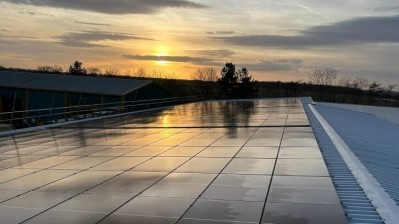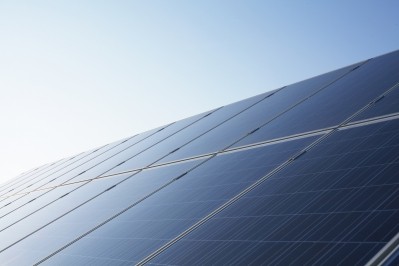Short read
Managing costs when the Energy Bill Discount Scheme ends

Global prices for gas, electricity, oil and other fuels began to rise in 2021, after economies re-opened following pandemic-related lockdowns. Further pressure came shortly after, when we saw shortages of fuel supplies from some producers, and then intensified again, following the Russian invasion of Ukraine.
Responding to record high prices, the UK Government put in place several schemes – firstly, between October 2022 and March 2023, the Energy Bill Relief Scheme, and then secondly, its replacement, the Energy Bill Discount Scheme (EBDS), which ran from April 2023.
What is the Energy Bill Discount Scheme?
The EBDS introduced a cap on electricity and gas for businesses across Great Britain and Northern Ireland. Maximum discounts were set at £19.61 per megawatt hour (MWh) with a price threshold of £302 MWh; and £6.97 per MWh with a price threshold of £107 MWh, respectively.
What happens after the Energy Bill Discount Scheme ends?
Speaking with James Edwards, Managing Director for Your Solar Energy (YSE) about the EBDS, he said that while it has been a welcomed relief over the last year for manufacturers, ‘concerning times’ are ahead. That’s because the EBDS scheme is set to end on 31 March 2024.
“If the cap didn’t come into place, the impact of a medium manufacturing business could have been hundreds of thousands of pounds,” Edwards reflected. “This was never going to last though, because of the amount of money it’s costing the Government,” – an estimated £5.5bn in total.
He continued: “When this ends later this month, it’s worrying times again for businesses. It's going to be quite dramatic."
While there has been a slight fall in the cost of energy compared to last year, it remains much higher than 2020 prices.
“People weren't prepared for the increases. They didn't put business strategies in place to deal with that,” Edwards added.
And unfortunately, there doesn’t seem to be any talk on the horizon of further reliefs for businesses, so as Edwards suggested: “They [manufacturers] really need to look at other ways to reduce their energy bills.”
Could solar power be the answer to high non-domestic electric bills?
One area that may help companies keep prices low is renewables, such as solar panels.
To emphasise its usefulness, Edwards compared this to another solution which has recently proved popular in reducing costs among businesses.
“A lot of companies are moving to LED lighting, but the savings are a drop in the water compared to what solar can do."
Also, as Edwards noted, lighting is never the biggest issue when it comes to energy – with food production sites, it’s normally the machines that are the ‘hungriest’.
“Solar obviously helps with the whole [electric] energy system, rather than just the lighting.
He added: “I think since 2010 it's [solar] reduced in cost by 83%. Everything else has surged in price.”
This, Edwards explained, has also meant that the payback period for solar has improved, moving from 10-15 years to around 2-3 years.
“Manufacturing costs [for panels] are a lot lower now, even in the last six months we've seen panel prices half. Where we were paying £150, it’s now around £75 for a standard panel.
“They’re also twice as efficient. I’ll give you an example, we priced a project for one of our clients at £775k. They wanted to ‘self fund’ which means they are investing a considerable amount of money up-front, but after year three going into year four their investment would be in the positive. Being they are self funding the project, they have no more outgoing costs and their panels will be saving them approximately £86,000 on their energy savings. And then at year 25, which is the estimated lifespan of the panels, they'll be around £7.8m better off. Obviously £775k sounds a lot of money for an initial investment, but after 25 years, £7.8m sounds very nice!”
These panels are becoming more efficient as technology progresses, this includes developments like ‘N Type’ panels
Edwards explained: “N type panels are dipped in phosphorus unlike the previous P type panels. This decreases the degradation on the panels making them more efficient over a longer period of time”.
Moreover, the power a solar panel can generate has moved from around 250 watts to 450-600 watts in just six years.
“They're not much larger than they were before, so the output is huge in comparison.”
But it’s not all sunshine and rainbows – currently, the [National] Grid is struggling to cope with the surge of renewable energy.
“They need to get a better infrastructure in place so they can cope with it [energy] feeding backwards. Historically, we have always taken power but now we’re returning it.
“This will slow the progress with renewables down a little bit, but they are working hard to make that right. Especially given the UK Government is insisting the Grid makes this happen in order to hopefully meet net zero targets.”
One possible solution to this is battery storage, according to Edwards, with companies able to use them to hold self-generated energy which they can then use later as opposed to relying on the grid. A costly reliance for manufacturers given the fluctuating prices caused by demand on the Grid.
How complicated is it to install solar panels?
Whilst installing solar panels can be a costly upfront investment if self-funded, the payback seems worth the effort. And for those wondering what the process involves, it’s relatively simple.
Edwards explained: “At YSE, we offer a full, free design which details where the panels will sit on your roof, subject to a structural survey of course.
“We can also offer an estimate on the payback period and all we need to have for that is the annual consumption estimate for that warehouse, which can be found on the utility bill.”
If the company wants to go ahead, the next step is looking at funding.
“We have three options – self-funded, HP financing – we try to offset this cost against your energy bill – or a PPA agreement – for those with less cash in the bank to invest.
“The PPA funders we have on board are private investors around the world that will pay for the system to be fitted, who then sell energy back to you at a reduced rate. So they cover maintenance costs for the life of the system.”
The rate will vary depending on the length of the PPA agreement. “We tend to see it at about 11p-17p per kilowatt, which is obviously a massive decrease on the 25-30p most manufacturers will be paying. We’ve just done a 5-year deal for a client, which has seen them save £55k in year one.”
Concluding, Edwards said: “If you install solar panels or you use a power purchase agreement, then you're locked in, you know your energy prices for the next 30 years. We can’t predict the future, but you can predict your energy bills.”

















